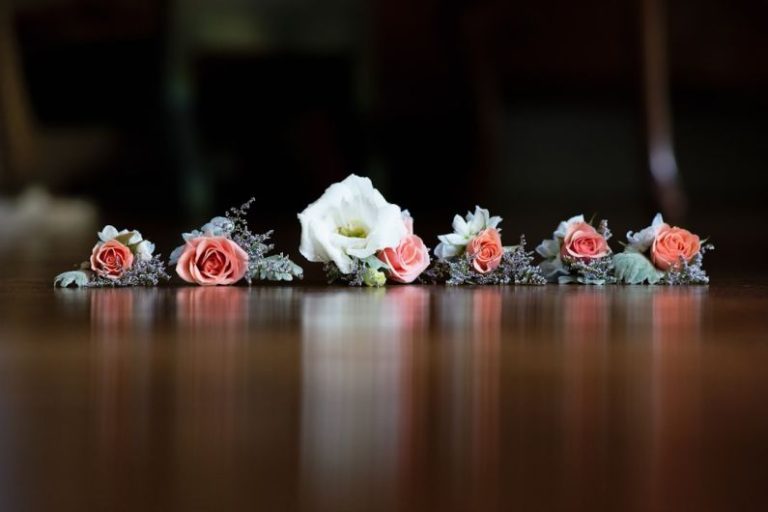
Creating professional-looking corded buttonholes can elevate the finish of your garments. These buttonholes offer a polished and structured look that adds a touch of sophistication to your sewing projects. By following a few simple steps, you can master the art of making corded buttonholes and take your sewing skills to the next level.
Choose the Right Fabric and Cord
Before you begin making corded buttonholes, it is essential to select the appropriate fabric and cord for your project. Opt for medium to heavyweight fabrics such as wool, tweed, or denim, as they provide the necessary structure to support the corded buttonhole. Additionally, choose a cord that complements your fabric in terms of color and thickness. A contrasting cord can add a decorative element to your buttonholes, while a matching cord creates a more subtle look.
Prepare Your Materials
Gather all the necessary materials for making corded buttonholes, including your fabric, cord, matching thread, fabric marker, ruler, scissors, and a buttonhole foot for your sewing machine. Ensure that your sewing machine is in good working condition and that you have selected a buttonhole stitch suitable for corded buttonholes. Thread your machine with the matching thread and insert the buttonhole foot.
Mark the Buttonhole Placement
Using a fabric marker, carefully mark the placement of your buttonholes on the fabric. Measure and mark the desired length of each buttonhole, ensuring they are evenly spaced and aligned correctly. Double-check your markings to avoid any errors before proceeding to stitch the corded buttonholes.
Stitch the Buttonhole Outline
To begin creating the corded buttonhole, set your sewing machine to the buttonhole stitch setting. Position the fabric under the buttonhole foot, aligning the needle with the starting point of the buttonhole. Lower the foot and begin stitching the outline of the buttonhole, following the marked lines accurately. Stitch slowly and precisely to ensure clean and even lines.
Insert the Cord
Once you have stitched the outline of the buttonhole, it is time to insert the cord. Trim the excess cord at an angle and place it underneath the buttonhole foot, aligning it with the stitching. Lower the foot and continue stitching over the cord, securing it in place within the buttonhole. Stitch carefully around the corners to maintain a consistent shape and avoid any puckering.
Complete the Buttonhole
After securing the cord in place, continue stitching the buttonhole until you reach the starting point. Ensure that the cord is neatly enclosed within the buttonhole stitches for a professional finish. Once you have completed the buttonhole, secure the thread by backstitching or tying off the ends. Trim any excess thread and cord to clean up the buttonhole edges.
Test the Buttonhole
Before proceeding with the remaining buttonholes on your project, test the first corded buttonhole to ensure that it functions correctly. Insert a pin or needle into the buttonhole to open it up and check that the cord allows for smooth buttoning and unbuttoning. Make any necessary adjustments to the tension or stitching if needed.
Finishing Touches
Congratulations! You have successfully created corded buttonholes on your garment. Take the time to press the buttonholes with a steam iron to set the stitches and flatten any creases. Trim any loose threads and inspect each buttonhole for any imperfections. With practice and attention to detail, you can master the art of making corded buttonholes and enhance the quality of your sewing projects.
In Summary
Mastering the art of making corded buttonholes requires precision and attention to detail. By choosing the right fabric and cord, preparing your materials, marking the buttonhole placement, stitching the buttonhole outline, inserting the cord, completing the buttonhole, testing its functionality, and adding finishing touches, you can create professional-looking corded buttonholes that elevate the quality of your garments. Practice these steps to enhance your sewing skills and achieve polished results in your projects.





